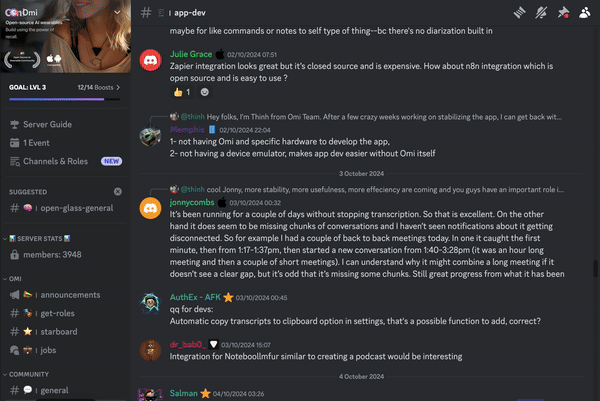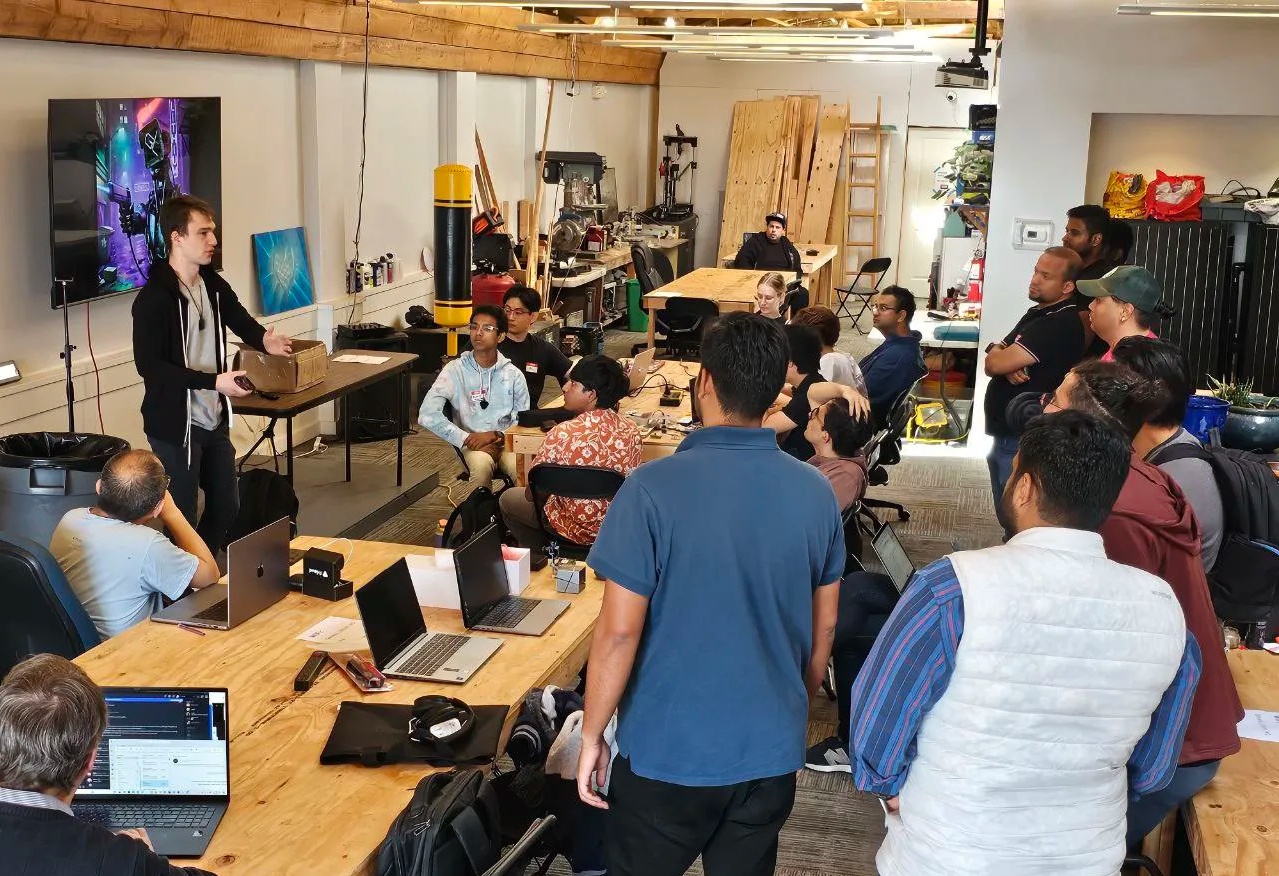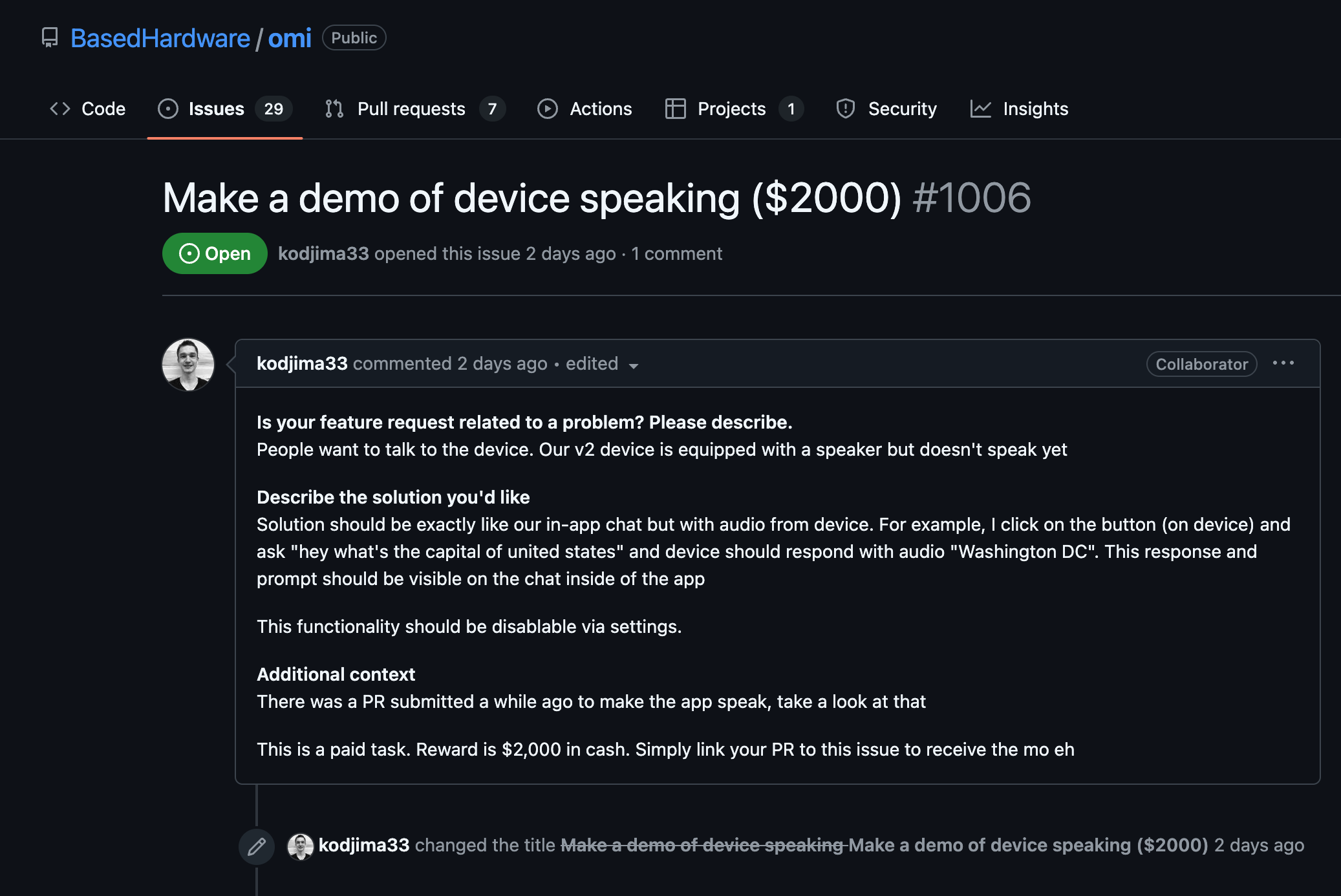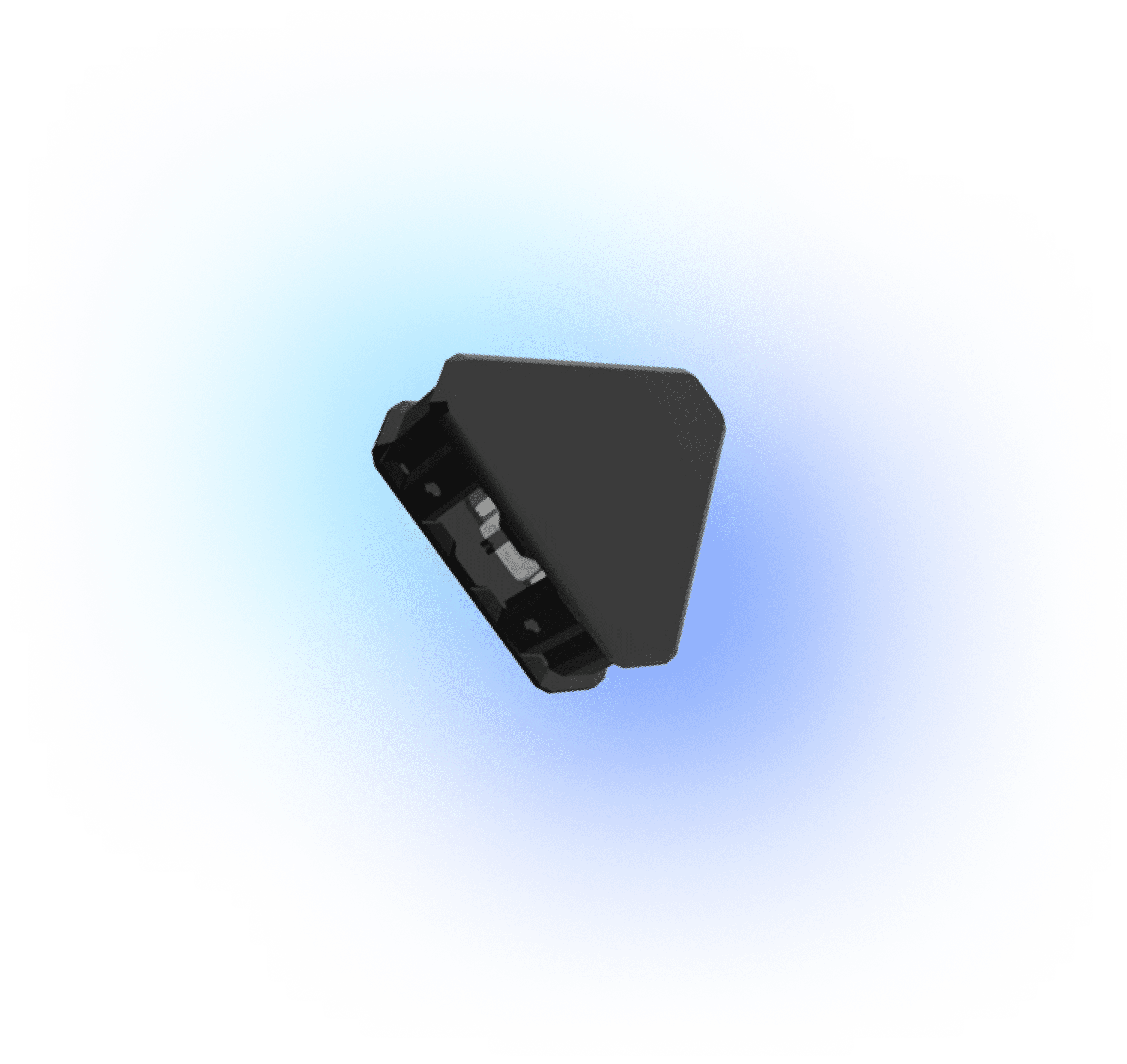Understanding the Problem
When working with hardware-in-the-loop (HIL) testing for embedded firmware in a GitLab Continuous Integration (CI) environment, you might encounter several configuration issues. These could be due to complexities in networking, custom hardware interfaces, timing issues, and correct setup of testing frameworks. Addressing these requires ensuring seamless interaction between the GitLab CI runners and the HIL setup.
Ensuring Proper Network Configuration
Ensure that your CI runner can communicate effectively with the HIL device. This may involve configuring network settings to allow proper routing and firewall permissions.
Check connectivity to the HIL device from the CI runner using ping or other network diagnosis tools.
Inspect firewall settings to guarantee that the necessary ports are open for communication.
In the GitLab CI configuration, you might specify where the runners are allowed to access the network. Example:
```yaml
job:
script:
- echo "Starting job"
tags:
- hil
variables:
GIT_DEPTH: "1"
before_script:
- echo "Checking network..."
- ping -c 3 YOUR_HIL_DEVICE_IP
```
Custom Hardware Interfaces
Your embedded firmware may require specific configurations to interface with the HIL devices. Ensuring proper libraries and environment variables can help mitigate these issues.
Install any required libraries or dependencies within your CI job script.
Use the before_script section of your GitLab CI YAML to set up the necessary environment variables and configurations required by the HIL system:
```yaml
job:
before_script:
- export DEVICE_LIB_PATH=/opt/device/lib
- export PATH=$DEVICE_LIB_PATH:$PATH
```
Timing Issues and Delays
Timing issues can often occur due to the asynchronous nature of CI pipelines. Ensure that your HIL system and CI jobs account for any required delays.
Robust Error Handling
Integrate comprehensive error handling to manage anomalous conditions during the HIL testing phase.
Capture logs and use them to get insights into what might be failing or behaving differently compared to a manual test.
Apply conditional deployments using allow_failure in stages where you suspect there might be intermittent or flakey interactions due to the hardware interface:
```yaml
job:
script:
- echo "Starting HIL test..."
allow_failure: true
```
Debugging and Testing Locally
Before integrating into GitLab, test critical configurations on a local setup to better understand how your HIL tests run outside the CI/CD environment.
Replicate the CI runner environment locally using Docker or a similar containerization tool.
Command examples for running a GitLab CI runner locally:
```shell
docker run --rm -t -i -v $(pwd):/scripts -w /scripts gitlab/gitlab-runner:latest bash
```
Final Verification and Iteration
Once configurations are applied, verify each step.
- Review CI jobs and artifact outputs to ensure that the integration meets the expected outcomes.
- Iterate on any remaining issues, applying the debug information gathered during initial runs to refine and improve the workflow.
By using these strategies, you should be able to resolve many configuration issues related to HIL testing in GitLab CI environments for embedded firmware, ensuring a stable and reliable development lifecycle.
























